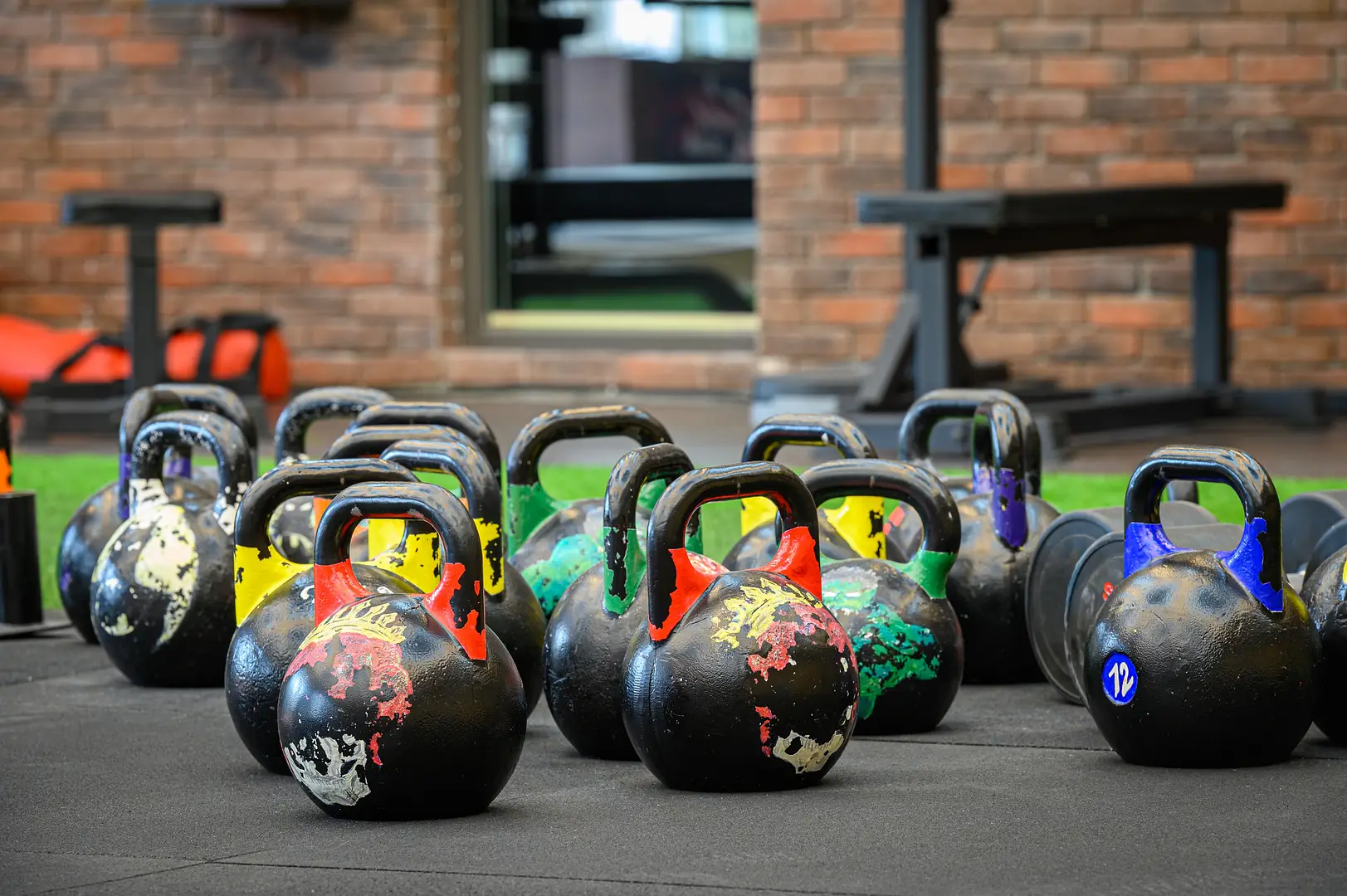Girevoy sport has been rapidly gaining popularity globally, offering a unique blend of strength, endurance, and cardiovascular training. Originating from Russia, this sport now has enthusiasts worldwide, pushing their limits with kettlebells. This article explores the intricacies of girevoy sport, from its history to its techniques, benefits, and how to get started.
Understanding Girevoy Sport
Girevoy sport, also known as kettlebell sport, is a weightlifting discipline that involves performing specific exercises with kettlebells within a fixed time frame. The sport’s name comes from the Russian word girya, meaning kettlebell. Athletes, known as gireviks, aim to complete as many repetitions as possible during a 10-minute set without setting down the kettlebells.
Girevoy sport requires a unique combination of strength, power, cardiovascular, and muscular endurance, along with coordination, speed, flexibility, and agility. It is classified as a power-endurance sport due to its focus on sustainable power output over time with minimal decrease in efficiency.
History of Girevoy Sport
The history of girevoy sport traces back to the early 1700s in Russia. Originally used as counterweights in markets, kettlebells soon became a tool for displaying strength at carnivals, fairs, and circuses. The first official kettlebell competition took place in 1948, and the sport was declared the National Sport of the Soviet Union.
Over time, girevoy sport has evolved, with the introduction of the 10-minute time limit in 1988 and the establishment of the International Girya Sport Federation in 1992. Women were allowed to compete in the championships in 1999, and by the 21st century, they were included in the snatch competition at the Russian National Championship.
Girevoy Sport Events
Girevoy sport includes four main events:
- Jerk: Athletes clean one (for women) or two kettlebells (for men) to the chest once, then jerk them overhead as many times as possible.
- Long Cycle (Clean and Jerk): Athletes clean one or two kettlebells to the chest prior to each jerk.
- Snatch: Athletes swing the bell between the legs and bring it to the overhead position in one uninterrupted motion.
- Biathlon: This combines the Jerk and Snatch events.
All these exercises are performed for 10 minutes straight, with athletes aiming to complete as many repetitions as possible within this timeframe.
Kinds of Kettlebells
There are two main types of kettlebells used in girevoy sport:
- Cast-iron Kettlebells: These are usually black and come in various sizes, with the dimensions increasing with the weight. The handles can also get thicker as the weight increases. Cast-iron kettlebells are most commonly used for general fitness and hardstyle training.
- Competition Kettlebells: Made of steel, these kettlebells come in different colors according to weight but have uniform dimensions and handle size. The uniform design helps athletes to perfect their technique as they progress to heavier weights.
Technique in Girevoy Sport
The key to success in girevoy sport lies in the technique. A good technique allows athletes to conserve energy while performing the work, making the movements efficient. This efficiency enables athletes to exert sustainable power without rest over the 10-minute timed set.
Benefits of Girevoy Sport
Girevoy sport offers numerous benefits, including improved strength, enhanced athleticism, weight loss, mental toughness, lean and functional muscle mass development, and sports and combat applications. It also provides incredible work capacity, building strength endurance – the ability to work with sub-maximal loads for extended periods.
Girevoy Sport Rankings
In girevoy sport, athletes aim to achieve certain ranks based on their performance. These ranks, which include the ultimate goal of Master of Sport (MS), are determined by the number of repetitions completed with a certain kettlebell weight within 10 minutes.
Getting Started with Girevoy Sport
If you’re interested in getting started with girevoy sport, the first step is to find a qualified, certified kettlebell instructor who can teach you the techniques safely and correctly. Ensure your instructor is certified by a reputable organization, such as the International Kettlebell and Fitness Federation (IKFF).
Training for Girevoy Sport
Training for girevoy sport can be intense and demanding, requiring dedication and perseverance. It’s crucial to start with a lighter weight to perfect your technique before progressing to heavier kettlebells. Regular practice is key to improving your performance and endurance.
Competing in Girevoy Sport
Competing in girevoy sport can be both thrilling and nerve-wracking. Preparing for competitions can be challenging, with setbacks and disappointments when training doesn’t go as planned. However, the feeling of accomplishment after a successful performance is unparalleled.
Community Spirit in Girevoy Sport
One of the most significant aspects of girevoy sport is the strong community spirit. Athletes support and encourage each other, celebrating each other’s successes and providing motivation during challenging times.
Conclusion
Whether you’re a fitness enthusiast looking for a new challenge or an athlete seeking to improve your strength and endurance, girevoy sport offers a unique and rewarding experience. With the right training and dedication, you can reap the many benefits of this dynamic sport.
For those interested in delving deeper into the world of girevoy sport, stay tuned for more articles exploring the techniques, training routines, and inspirational stories from the world of kettlebell fitness.


